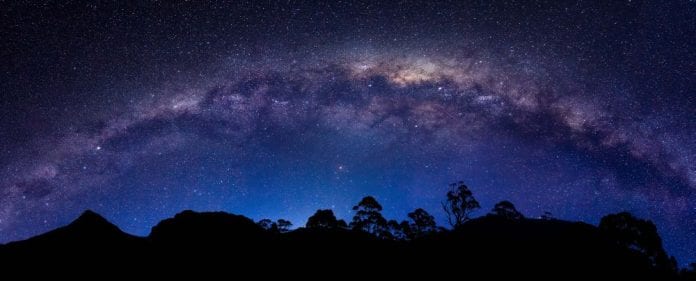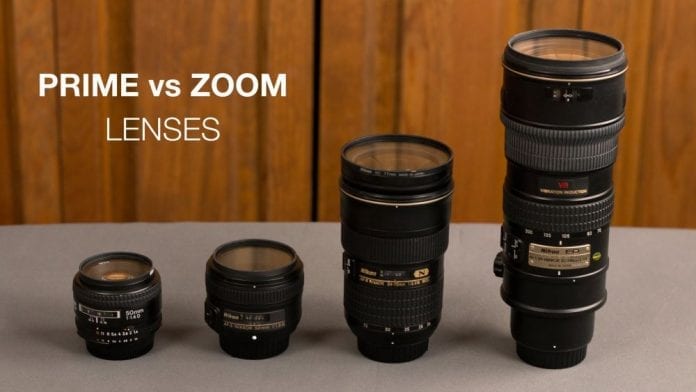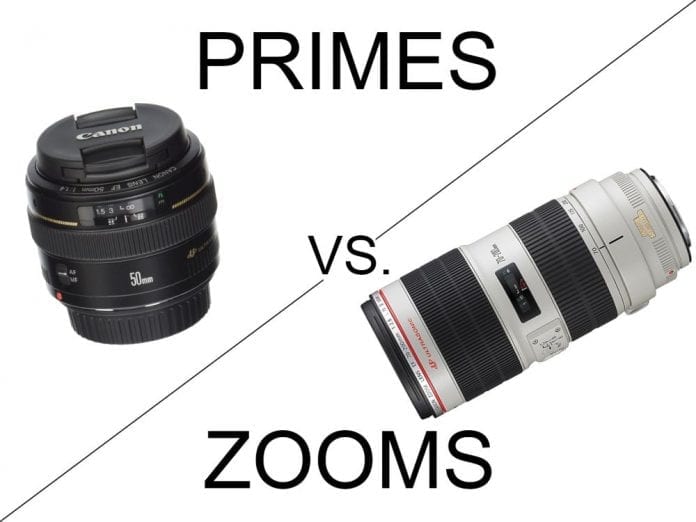Smaller cameras today have a ton of features. If you own one, you may not know or use some of those at all. In fact, you may be surprised that your camera can do things that a DSLR cannot. One of the best ones is the panoramic mode. Although you can take panoramic images with a camera without this feature, it makes them simpler.
If your camera does not have a panoramic mode, it is still very possible to create a great panoramic photo. You will need a tripod, a camera with manual mode, a mid-tier lens, and Photoshop.
Pick the right scene
Motion can ruin a panorama. A tree in the background may ruin the shot, or force you to stitch images together manually through an unreliable software. People, cars and other objects are also a problem. It is a good idea to time the pictures so that these do not become a problem in post-processing.
Set up the shot
Your tripod needs a level surface. The tripod should be sturdy, and able to withstand wind. Set the camera up in manual mode, which prevents the exposure changing as you go from one image to next. Take a reading from every position, and choose the reading that is just below the middle. Underexposure is better than overexposure, as it maintains color and detail of the sky.

Also, make sure the camera is level. This prevents the distortion that happens between objects when taking an angled photo. Distortion should be avoided in a panoramic image because it can make it nearly impossible to later stitch the image together.
After taking the first photo, gently move the camera to the next part of the scene using the handle. Be careful not to move the whole camera.
Take the photos
Overlap only between scenes, because overlapping ensures that you do not leave out parts of the scene, also because a slight distortion will cause the flaring of the image when you stitch it together later. Keep around 1/3 of the first image in the frame of the next. If your camera has a grid, you can use this for help. Take the next photo, and repeat the process until you get to where you want your image to end. Great job!
Post processing: how to complete your picture
You can stitch your panorama manually, which can look great with practice. Also, you could use the Photomerge option in Photoshop. Either way, choose what suits you the best.
That is it! You may not be satisfied with Photoshop’s work, so just practice the manual option. Whichever you choose, panoramas are a great way to present a great landscape scenery photo. After all, it can be hard to represent the beauty of a landscape in only two dimensions. So, try doing it in 360 degrees. You will come closer to giving the viewers an impression they are standing there with you, sharing the view.

HOWEVER, which zoom should you use… prime or zoom lens?
For taking panoramic photos or not, prime lenses have a fixed focal length so you cannot zoom them, and zoom lenses carry the obvious advantage of zooming and cropping. However, which are better? We have made a short comparison of prime vs. zoom lens.
Prime Lenses
The bad side of the prime lenses is not being able to get the photo framed exactly as you like. The good side is that it makes you experiment. It forces you to think of different ways to capture pictures. People buy them for quality and aperture. The quality is vastly superior to zoom lenses. The glass inside is precise, resulting in sharper images. Prime lenses have less moving parts, so they focus on the job in hand: aperture. This allows them to open up to much wider apertures than zoom lenses.
Prime lenses tend to allow four times as much light into the sensor. The main advantage of a wide aperture is taking photos in low light. This makes it perfect for shooting indoors, like a bar, club, or a dimly lit room, where you do not want to push your ISO. They also have the advantage of being able to produce a shallow depth of field.
Price
A 50mm f/1.8 is between $110 and $220. With these, you will see a dramatic increase in quality while also being able to play with the depth of field.
We have a great news for people who cannot afford to buy the lens in this price range, the Black Friday is coming. They can avail some of the deals on the upcoming Black Friday camera deals of 2018.
Zoom Lenses
They are more complicated, and the prices vary more. When it comes to these, you get what you pay for. It is hard to compare the two lenses. For example, an 18-250mm is for a hobbyist, an amateur, someone who does not want to carry around lenses, a traveler. The 24-70mm is for a professional, a more serious shooter, who understands the compromises when building a lens with a longer zoom, and the need for freely changing the framing of a photo. You cannot do this with a prime lens.
Quality
Zooms are not as sharp as the primes. The photos do tend to appear a lot softer when the aperture is all the way open and the photos look better and narrower. This is definitely more noticeable with a zoom lens installed.

Aperture
The aperture is f/2.8 throughout the zoom range with good lenses, which is not the case with cheaper ones. A cheaper zoom like a Canon 18-55mm kit lens has an aperture of f/3.5 when zoomed all the way out at 18mm, but will narrow the aperture to 5.6. This is less than half the amount of light. Reaching f/2.8 throughout the entire range is not common with crop sensor lenses.
Price
Good zoom lenses are expensive, but they can only do so much before the maker has to make new lenses for a different focal range. When you start buying lenses, it is often a cheaper and more sensible option to purchase a zoom lens, because you can do more with it.
Conclusion
Although a prime is handier, you should really have at least one of each. When you know what you are shooting, and the correct focal length, use the prime. If shooting in low light, also use the prime. However, you also need a zoom lens as well, as sometimes you will need its advantages too.









